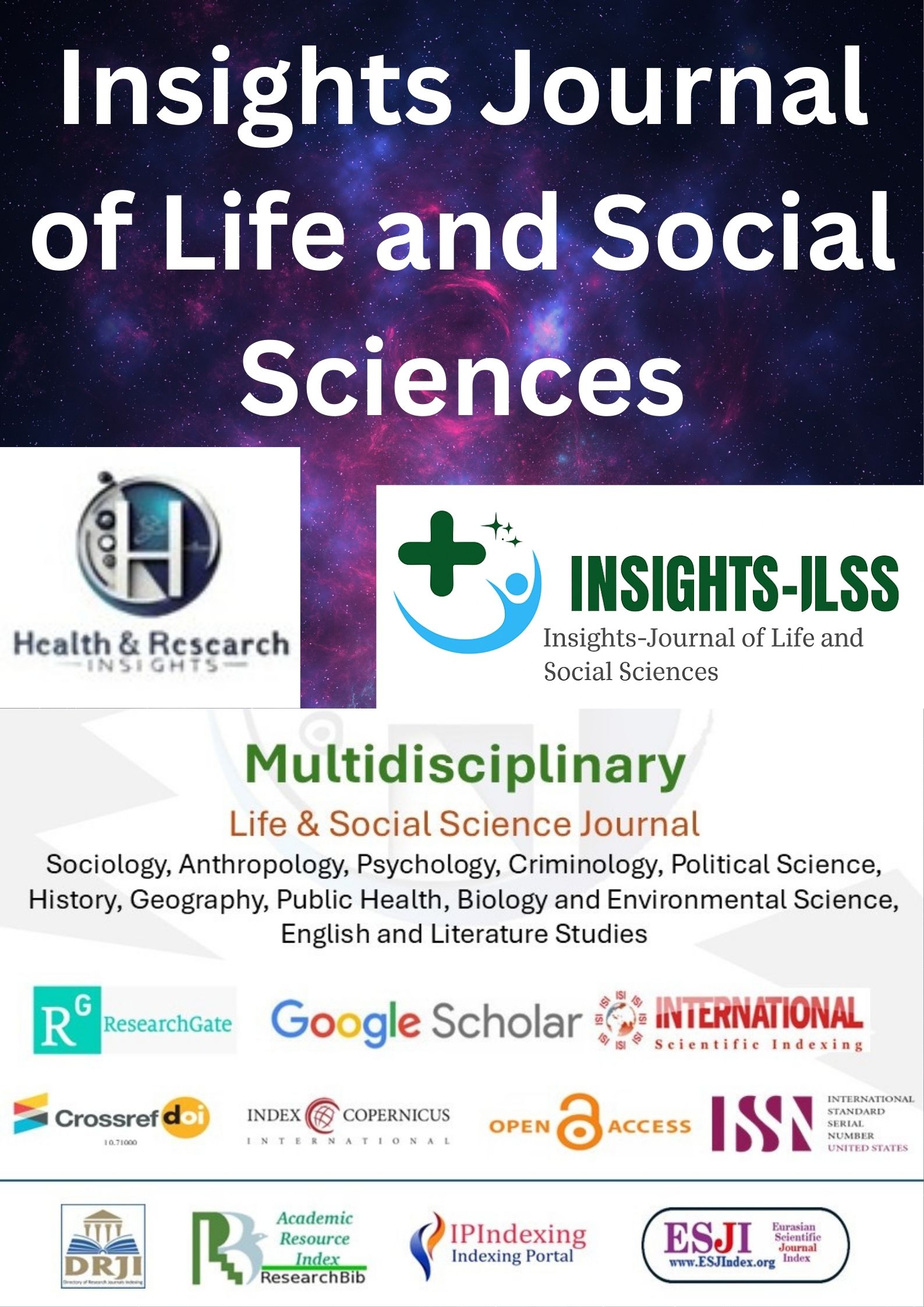STUDIES ON CORRELATION AND HERITABILITY ESTIMATES BETWEEN YIELD AND SEED CHARACTERS IN UNIFORM AND COARSE GENOTYPES OF RICE (ORYZA SATIVA L.)
Main Article Content
Abstract
Background: Rice (Oryza sativa L.) remains a vital cereal crop sustaining more than half of the global population. Enhancing rice yield requires understanding the genetic and morphological relationships among key agronomic traits. Yield is a complex quantitative characteristic influenced by multiple physiological and genetic factors that respond to environmental variability. Evaluating the correlation and heritability of yield-contributing traits is essential to identify selection criteria for developing high-yielding and stress-resilient rice genotypes.
Objective: This study aimed to assess the relationship between plant height, number of tillers per plant, seeds per panicle, biological yield per plant, seed yield per plant, panicle length, and days to 50% maturity among different uniform and coarse rice genotypes grown under field conditions.
Methods: The experiment was conducted during the Kharif season of 2022 at the Research Center, Dokri, using a randomized complete block design (RCBD) with four replications and five rice genotypes—IRRI-6, IRRI-8, Basmati-370, Basmati-385, and Sadahayat. Fertilizer application included zinc (144 g), potassium (165 g), and urea (6.5 kg). Data were analyzed through ANOVA using Statistix 8.1 (Gomez & Gomez, 2006), and significant differences among treatments were tested using LSD at 5% and 1% probability levels.
Results: Significant variation was observed across genotypes for all traits (P<0.01). Maximum days to 50% maturity were recorded in IRRI-6 (118.00) and minimum in IRRI-8 (59.67). The tallest plants were observed in Basmati-370 (115.51 cm), while IRRI-6 produced the shortest (96.53 cm). Tillers per plant were highest in Basmati-370 (19.25) and lowest in Sadahayat (12.45). IRRI-8 had the greatest number of seeds per panicle (171.56), while Basmati-370 had the least (107.69). The Sadahayat genotype achieved the longest panicle (28.00 cm, P<0.01). Biological yield was highest in Basmati-385 (142.17 g) and lowest in IRRI-6 (74.18 g). IRRI-8 produced the highest seed yield per plant (20.16 g), while Basmati-370 produced the lowest (14.24 g). A significant negative correlation existed between days to 50% maturity and seeds per panicle (r = -0.6835*), and a strong positive association was found between plant height and tiller number (r = 0.7794*).
Conclusion: The findings demonstrated that IRRI-8 and Basmati-385 exhibited superior yield performance and favorable trait correlations, confirming their potential for inclusion in future breeding programs aimed at yield enhancement. High heritability estimates indicate a predominantly genetic control of these traits, suggesting that phenotypic selection could effectively improve rice productivity.
Article Details

This work is licensed under a Creative Commons Attribution-NonCommercial-NoDerivatives 4.0 International License.
